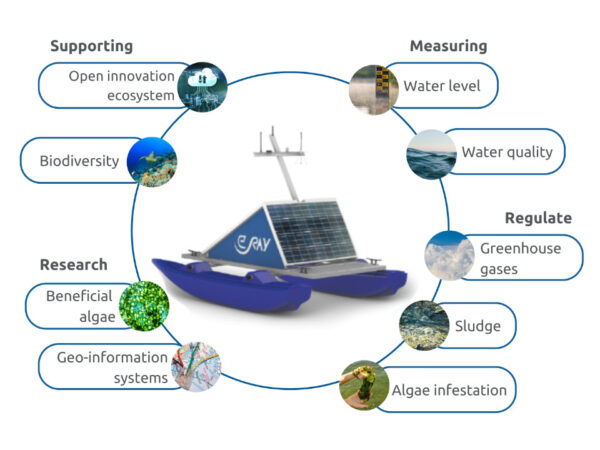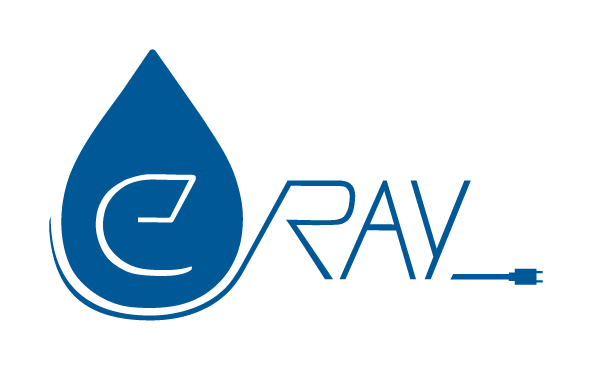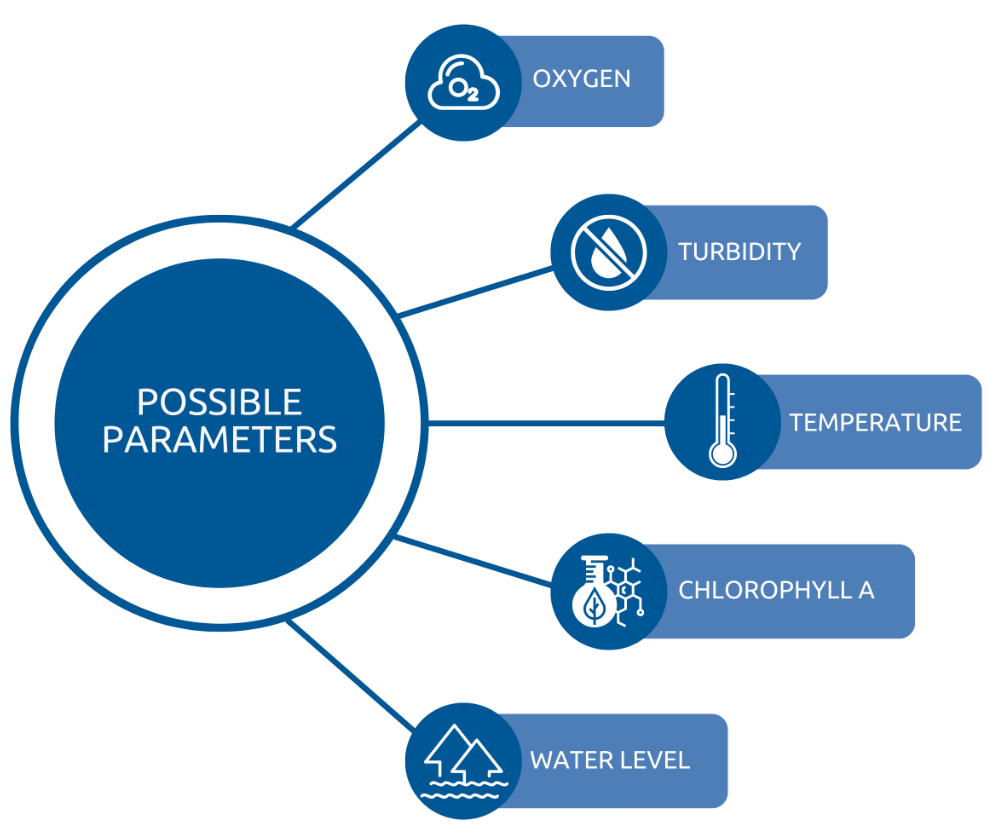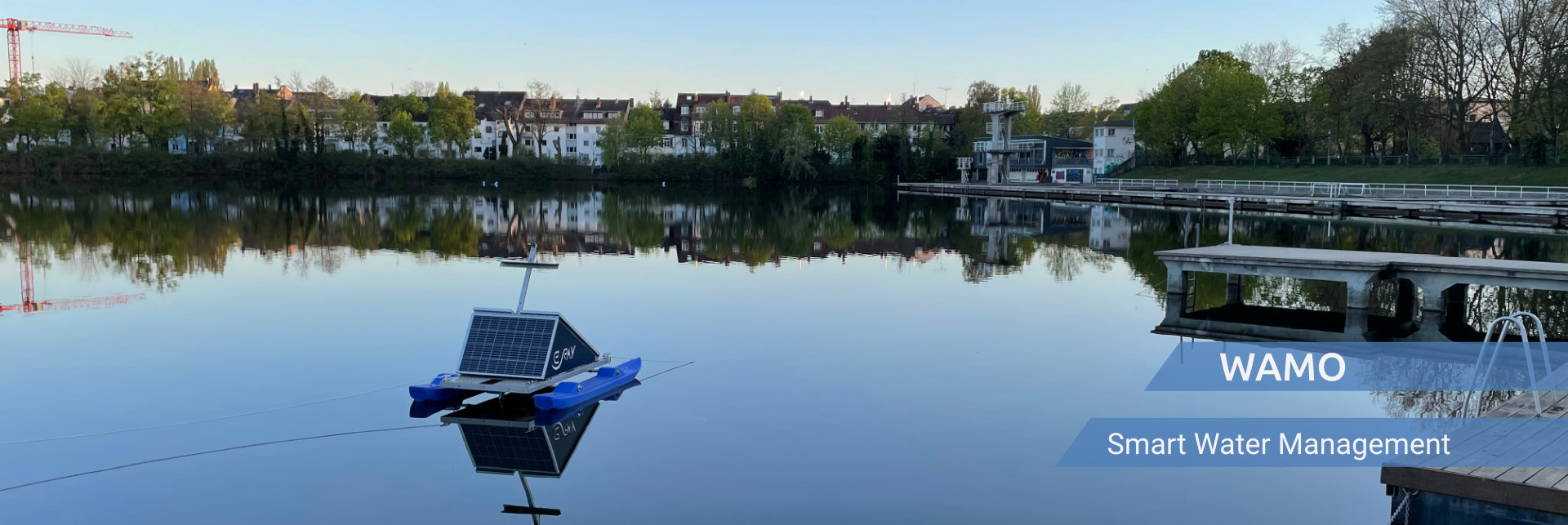
Understanding Waters
Our lakes are more than just water-filled cavities. They are habitats for a variety of organisms and provide us with places for recreation and relaxation. Unfortunately, the condition of most German bodies of water is deteriorating year by year. It is precisely this trend that we want to reverse.
Over 90% of the German bodies of water are in poor condition.
Germany’s bodies of water are heavily threatened by eutrophication and harmful algal blooms. Warming exacerbates these issues further. The EU Water Framework Directive calls for a swift improvement in the state of water bodies. The Climate Adaptation Act and the Nature Restoration Act set clear goals for restoration and climate resilience. Now is the time to take determined action and preserve our waters for future generations.
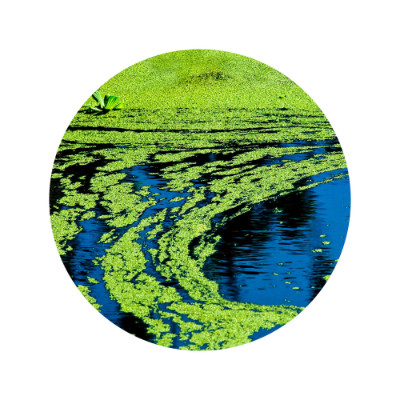
Toxic Algae Blooms
Algal blooms, often caused by nutrient overload, can produce toxins that are harmful to humans and animals.

Fish Die-Off
Causes for sudden, massive fish die-offs can include oxygen depletion, pollutants, or even diseases.
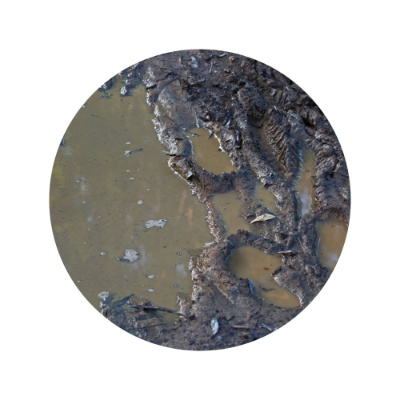
Anaerobic Sludge
Anaerobic sludge forms through the decomposition of organic material under oxygen-depleted conditions and can negatively impact aquatic ecology.
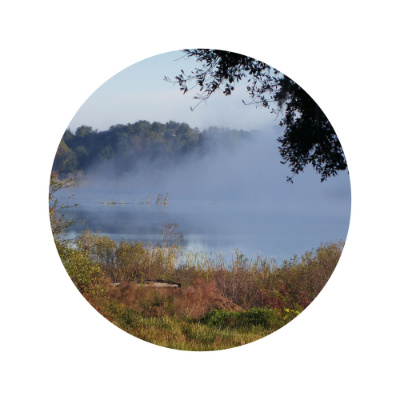
Global Methane Source
Freshwater bodies are the Earth’s largest source of methane (IPCC). Methane is produced through the decomposition of organic materials or by algae blooms.
Harmful Blue-Green Algal Blooms: Cyanobacteria
Greenhouse gas emissions from freshwater lakes likely account for 20% of all global CO2 emissions from fossil fuels released into the Earth’s atmosphere.
Precise Blue-Green Algae Analysis:
- Chlorophyll-a – Indicator of algal growth
- Phycocyanin – Specific marker for cyanobacteria
- Turbidity & Visibility Depth – Indicator of high algal density
- Oxygen Levels – Early warning for water quality fluctuations
- Temperature & Nutrient Concentrations – Key Factors Influencing Algal Growth
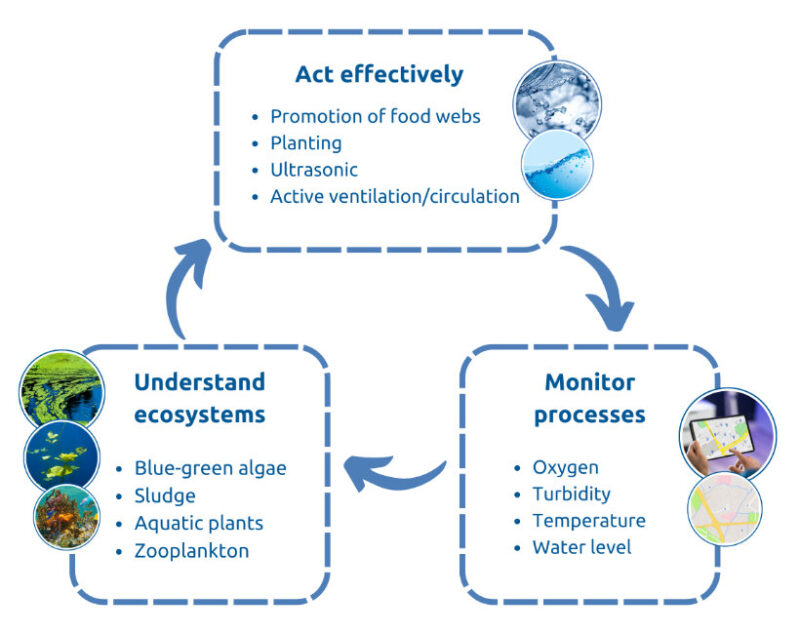
Why is Monitoring Blue-Green Algae Important?
Blue-green algae (cyanobacteria) pose a growing challenge to water quality, drinking water supply, and recreational use. Their uncontrolled proliferation can release toxins that endanger humans, animals, and ecosystems. Additionally, they reduce water clarity, oxygen availability, and biodiversity in aquatic environments.
Another often underestimated factor is the release of methane (CH₄) from blue-green algal blooms. In oxygen-depleted zones, decaying algae promote methane formation in sediments, leading to significant emissions of this climate-damaging greenhouse gas into the atmosphere.
With rising temperatures and changing environmental conditions, blue-green algal blooms are becoming more frequent. Continuous monitoring is crucial to provide early warnings for water suppliers, municipalities, environmental and health authorities, and businesses, enabling targeted response measures.
Understanding Lakes as Ecosystems
Many of the processes and interactions in open inland waters are either not yet researched or insufficiently studied. Measures against the deterioration of water quality are often expensive and are insufficiently tested for their effectiveness. Our aquatic bodies are complex ecosystems, and their precise interactions with their environment still need to be understood. For this purpose, continuous tracking is the first step towards efficient water management.
Our real-time monitoring combines sensor technology, satellite analysis, and AI-based evaluation to not only detect blue-green algae at an early stage but also assess the effectiveness of countermeasures.
- Targeted Action Planning: Data-driven decision-making for efficient countermeasures
- Impact Analysis: Evaluation of the effectiveness of improvement measures for the long-term reduction of blue-green algae
- Methane Reduction: Monitoring methane emissions from water bodies to optimize climate protection
- Cost-Benefit Control: Optimization of investments in water quality assurance and environmental measures
Our solution enables sustainable and cost-effective water management, protects people and ecosystems, and supports authorities and businesses in ensuring safe and effective water quality control—with positive impacts on climate protection.
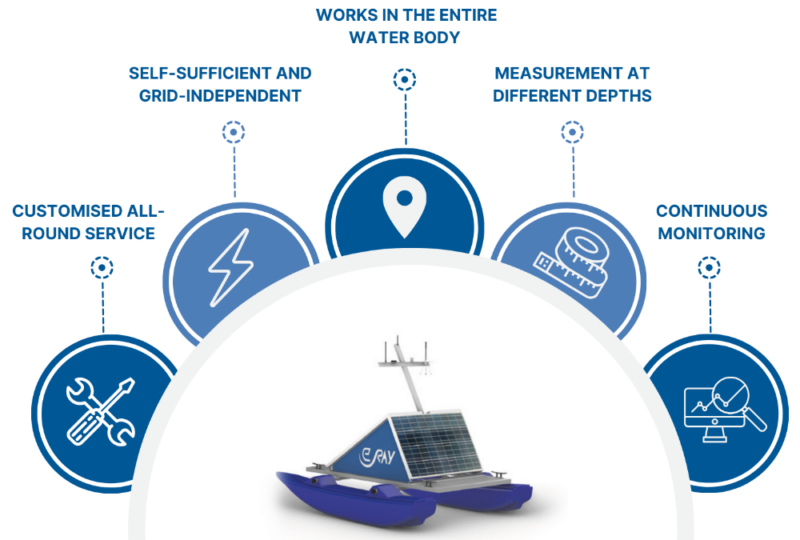
WAMO – the first open platform for water management.
Our measurement boat WAMO (Water Monitor) is the first platform that is manufacturer-independent, equipped with multispectral sensors and other applications. It can be deployed throughout water bodies without external power supply, even in extreme weather conditions. WAMO is designed to withstand strong currents, is robust against vandalism, and can measure at various depths as needed.
WAMO helps to monitor all (urban) water bodies. Depending on the condition of the water body, intervention can occur at the right moment to counteract issues like toxic algae blooms that have devastating effects on humans and animals. The measurement is precise, yet completely straightforward for you. The effectiveness of each action is accurately recorded, and readjustment at the right moment is always possible.
All Data – Always Accessible
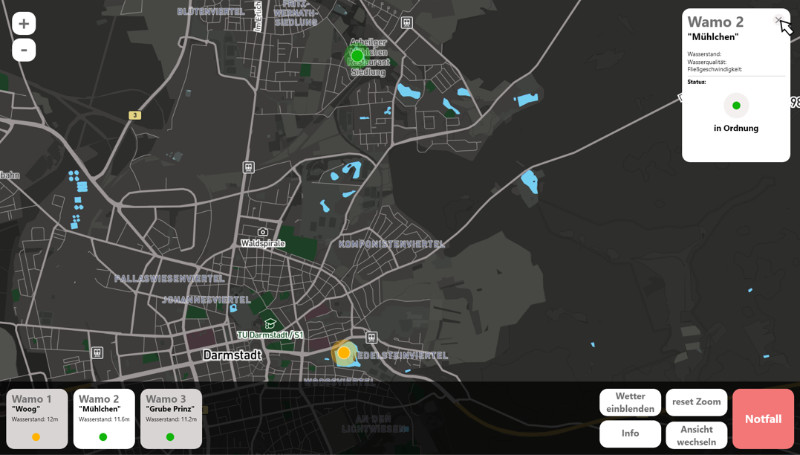
Free selection of water parameters
The choice of measurement device is up to you. We recommend, for example, using the spectro::lyser from s:can. The probe is low-maintenance and energy-efficient, as the UV-Vis spectrometer doesn’t have any moving parts. Since it’s a purely optical measuring device, there’s no need for reagents – this results in extremely low operating costs.
Your advantages with WAMO
-
Full-service support from installation to maintenance
-
Easy entry into water digitization, including data provision via web interface
-
Designed for extreme weather and flood conditions
